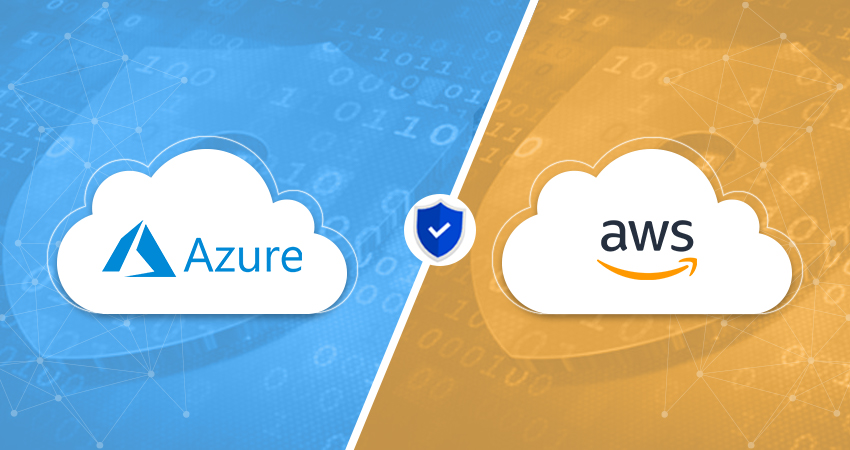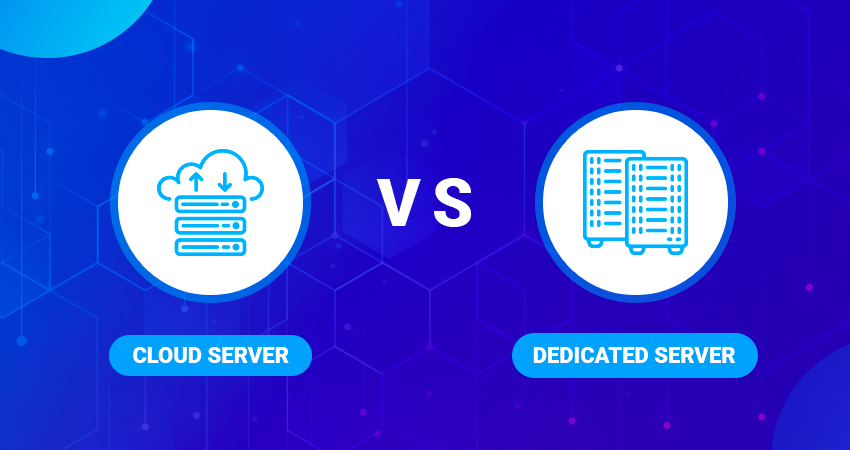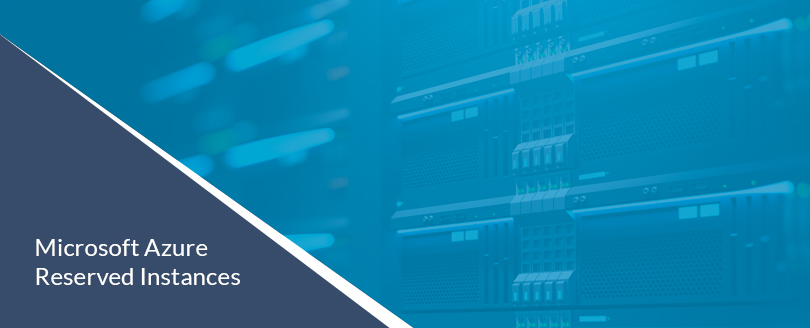-
Get a Personalized Demo
- Soluciones
-
Servicios Empresariales
Estrategia de Nube Seguridad Cibernética Servicios Administrados Gestión de Socios Servicios de Portación
- Industrias
-
Industries We Serve
- Conocimientos
-
Recursos
Eventos
Ready to learn more about IAG now?
Watch our on-demand video on how identity management is
done in a typical organization.
- Carreras
-
We’re constantly on the hunt for talented individuals who are passionate about innovative technologies
- Socios
-
Socios
Partner Program
- Compañia
-
GLOBAL
Sobre ISSQUARED -
IN INDIA
ISSQUARED
- Book a Demo
-
Book a Demo
Fabulix Service Manage (FSM)
-
- Español
- العربية
- Français
- English
- Dutch
Thank you for your interest. We Will Contact You Soon...Your email ID is already registered with us.What is the Multi-Layered Cybersecurity Strategy and How it Can Protect Your Enterprise Network?
Cyber Security, Risk and Compliance - July 26, 2022
Introduction
An organizations Information Security Policy outlines what it wishes to safeguard and what is anticipated from system users. It serves as the foundation for security planning when you create new apps or expand your network and highlights user obligations, such as safeguarding sensitive data and establishing complex passwords requirements.
There are several risks linked with utilizing the Internet for commercial purposes. When developing a security policy, Information Security Officer must strike a balance between organization objectives, services offered and regulating access to functions and data. Computer networking complicates security since the data route itself is vulnerable to attack.
Security threats varies based on what is exposed/ criticality of data. Some online services are more susceptible than others to a particular sorts of assaults. Consequently, it is crucial that you comprehend the threats associated with any service you wish to use or supply. In addition, a defined set of security objectives may be determined by evaluating potential security threats.
Over the past few years, multi-layered security has emerged as a strong alternative to traditional security strategies. In this blog, we will look at the attributes of a multi-layer security strategy and evaluate its deployment, benefits, and application in the enterprise network.

What is Multi-Layer Security?
Multi-layered security is a proactive security approach that employs several unique components, each of which serves a particular function and protects various things to safeguard operations, IT infrastructure, and services. The purpose of a multi-layered defense policy is to ensure that each component implemented, acts as preventive strategy defending a specific access point. Each layer focuses on securing a specific region that might be compromised by hackers or viruses. These layers collaborate to strengthen the overall network and security of an organization and dramatically can lower the likelihood of a successful attack or security breach than one with a single security solution.
A similar yet slightly different Security implementation approach called Defense-in-depth is in practice which refers to set of security strategies that are aimed to slow down security threats and to the best extent neutralize the same. In comparison, multi-layered security uses the idea that various security measure will protect systems against threats before they actually happen.
Thus, a multi-layered security strategy might be beneficial for several reasons. In isolation, it is doubtful that any layer will provide sufficient network protection. However, by combining them, their aggregate efficacy is enhanced. Each layer provides an extra degree of security; therefore, the greater the number of levels, the more difficult it will be for attackers to penetrate your network. With enough functional layers in place, one should restrict a hacker's access.
What Ccyber-Risks do Multi-Layer Security Address?
There are various strategies used by attackers that can pose a threat to the security of internet communications.
The following list outlines some of the most common security threats:
Passive Assaults
In a passive assault, the offender observes your network traffic in an effort to discover your secrets. Such assaults can either be p2p (tracing the communications channel) or system-based (targeting the computer itself.)
Passive assaults are the hardest to identify. Therefore, you must presume that someone is monitoring every internet transmission you make.
Active Assaults
In an active attack, the attacker attempts to breach your defenses and get access to your network systems. There are several active assault types:
-
In system access attempts, the attacker exploits security vulnerabilities to obtain control and authority over a client-server machine.
-
In spoofing attacks, the hackers will try to bypass your defenses by impersonating a trustworthy system, or a user convinces you to transmit sensitive information.
-
In denial-of-service assaults, the attacker attempts to obstruct or halt your activities by rerouting traffic or flooding your system with useless data.
-
In cryptographic assaults, the adversary tries to guess or obtain your credentials or uses specialty equipment to decipher encrypted data.
Why Hackers Target Enterprise Networks
Since the days of hoax programs on mainframe computers and buckle malware on floppy disks, malware has evolved side by side with computing. Therefore, it is not surprising that in today's high-speed internet marketplace, cybercriminals are devising sophisticated attacks directed at enterprises and financial targets. There are five major components at play:
-
Greater number of gadgets - The high availability of gadgets compounded by global economic growth contributes to an increase in traffic, some of which originates from locations with inconsistent enforcement.
-
More online apps - It has now become easy to create and use browser-based applications. But there is a disadvantage: 60 percent of internet assaults target security flaws.
-
Increased availability of wealth in almost every financial location - Financial targets, particularly at financial-services organizations or credit card companies, are becoming too enticing for cybercriminals to ignore.
-
Consumerization—Personal IP-enabled devices such as cellphones, and programs such as Twitter, provide communication channels that your organization cannot secure and contain hazards they cannot be ignored.
-
The web ecosystem provides enough support for blended assault. They operate in the context of well-resourced, globally-operating, professional criminals who plan, investigate, organize, and automate attacks on specific businesses.
The Structure of a Cyberattack
Malicious actors are pragmatic and employ what is effective. To get their dangerous software installed and persist on corporate systems, they combine malware, spyware, ransomware, worms, trojan, "sheared" social media information, and more. The below example throws more light on the process.
Step 1: An aggregator "strips" and combines data from social media sites to identify workers with Facebook profiles at the target firm.
Step 2: A phishing" email masquerading as a Facebook "security patch" contains a link to a bogus login page. Login attempts reveal the Facebook credentials of employees, although they are not the end objective.
Step 3: A Rootkit designed to collect credentials and financial data is installed via a pop-up on the bogus website.
Step 4: Trojans and keyloggers collect and transmit financial information to criminals for use or resale.
The attack is effective in part because according to a study, around 30 percent of employees access social media from work, using their employers' laptops or their cellphones, and it only takes one victim to start a chain of attacks. There is a requirement for multi-level internet security protection for corporations and small businesses. You cannot defend against mixed assaults by blocking every possible channel attacker who may utilize without isolating your organization from the outside world and methods that monitor and stop malware on individual channels are only marginally successful due to the following:
-
Only around half of malicious code has a signature that ordinary antivirus software can detect.
-
A/V-supporting heuristics bog down computers generate false alerts.
-
Up to 90 percent of all email is spam and more protection causes sluggish gateway systems.
-
Standard security does not prevent social engineering site visits or downloads.
It is often difficult for multinational corporations and states to maintain such multi-layered security measures, and it is fiscally unattainable for small and medium-sized businesses without a clear strategy for creating and implementing multi-layered security.
How to Create a Multi-Layered Security Approach
Companies encounter several cybersecurity dangers on a regular basis. Each level of your protection must interconnect. This can supply your organization with a well-rounded plan that prevents hackers at every turn.
Here’s what you should include to establish a multi-layered security strategy.
Physical Security
The physical safeguards for your system are both crucial and a simple entry point to multilayer security. Limiting access to networking devices, computers, and other gadgets dramatically minimizes the likelihood of a hostile actor obtaining admission into your IT infrastructure. Enterprise businesses must take care to retain logs to track who comes in and out of server rooms.
Additionally, they may even incorporate key credentials and biometric information for automatic identify verification. If you collaborate with a third party to manage your sensitive IT gear for you, remember to check the staff for security clearance.
Network Security
Network security precautions are the focus of many companies. This security layer protects the corporate network with a firewall, detection mechanism (IDS), 24/7 remote monitoring, authentication protocols, and other mechanisms that protect the flow of information across the enterprise. Oftentimes, there are several LANs within your company that must be maintained, along with wireless connectivity to these resources. This develops a network monitoring strategy utilizing a blend of protection mechanisms. In addition to detecting and managing threats, they provide visibility across the network. The key to network security is to establish a sense of spatial awareness that enables security professionals to link threats to vulnerabilities in protection. From there, professionals may utilize sophisticated technologies to identify problems and protect them from gaining network access.
Endpoint Security
In this age of BYOD and IoT, many endpoints have been added to the workplace environment. Each device has a multitude of possible vulnerabilities. Hence, it is essential to safeguard them with endpoint security. The most typical strategies for reinforcing this layer are deploying device-wide and cloud-controlled antiviral programs in combination with only employing IT division corporate apps.
Application Protection
The corporate apps deployed in an interactive manner must also adhere to security best practices. Access control mechanisms provide approved end users with just the resources they are permitted to utilize. This method is referred to as the principle of least privilege. You must also be vigilant about eliminating inactive users. Of course, that includes those who are no longer with the company. Software developers should pay particular attention to the emerging dangers and attack methods now in circulation. In addition, the security fixes they distribute must address contemporary threats. Your application's username and password-based security are only as robust as your password policies. Ensure that passwords are often
There’s a lot to know at this level, hence why many organizations turn to security specialists to assist them safeguard their apps utilizing third-party technologies. These apps assist in securing apps while analyzing data throughput for suspicious behavior.
Data security enterprises routinely transmit and receive startling volumes of data. As part of your multi-layer security strategy, you must protect your data both at rest and in transit. The data security topic extends well beyond emails, but the underlying principle remains the same: you must safeguard your data to make sure that even if it falls into the wrong hands, it remains secure.
Final Thoughts
A multilayered approach to security provides a hostile environment for potential invaders. The strategy is to make sure that the attacker must struggle with many security mechanisms that overlap so as to prevent him reaching his target. Even if attackers breach one area of protection, they will be stopped in their tracks by other measures.
Categories
-
Cloud
-
Carrier & UC
-
Cyber Security
-
Edge Computing
-
Hyper-convergence
-
Identity Management
-
ITIL , Service Management
-
Risk and Compliance
-
Partners
-
Others
recent blogs

The Importance of IAM in the Context of the COVID-19 Pandemic
July 11, 2022

Building a Roadmap for IT Security Management
June 10, 2022

Why is IT Service Management Still Relevant Today?
April 29, 2022

Can We Achieve Zero Trust?
April 18, 2022

How to Identify the Behavior of Cyber Adversaries?
April 08, 2022

Switching to A Modern, Intelligent IT Service Management
April 01, 2022

IT Operations Management and IT Service Management | How They Differ, Combine and Why They Matter
March 25, 2022

What is Software-Defined Networking (SDN)?
March 14, 2022

Choosing an IT Service Management Service
March 08, 2022

9 Benefits of Automation in Service Management
March 04, 2022

Social Engineering and How to Safeguard Yourself
March 02, 2022

AWS Network Firewall Versus Azure Firewall: An Overview and Key Features
Feb 25, 2022
Importance of Attack Surface and Threat Intelligence
February 22, 2022

Pros and Cons of Artificial Intelligence in Cybersecurity
March 10, 2021

Cloud Infrastructure and the Pandemic- A shining light
June 1st, 2020

Identity Management as a Service
Aug 18, 2020

Cloud Hosting vs Dedicated Servers
April 06, 2020

The Impact of AI on the Finance Industry
February 5, 2021

Brainjacking - Moving from Science Fiction to Reality and Associated risks
March 11, 2021

Ecommerce: Impact of Amazon and Artificial Intelligence
February 1, 2021

Zoom, Skype, Teams: The battle for market domination in the times of COVID-19.
April 10, 2020

Microsoft Azure Reserved Virtual Machine Instances (RI's) - Key Features and Benefits
March 24, 2020
Tags
Subscribe to newsletter
Thank you for your interest. We Will Contact You Soon...Your email ID is already registered with us.By: Surya Jatavallabhula
Senior Director | ISSQUARED Information Security
Surya Jatavallabhula is a Cyber Security and Risk professional with an extensive history in Banking, Biotech, Medical, and Education sectors. Surya has played various roles under security domains including CISO, Security Partner/SME for Information and Cyber Security, DevSecOps, Risk Management, Data privacy, Enterprise Security Architecture, Data Architecture, Technology Risk, and Portfolio Management after graduating in MS Risk Management from Stern School of Business, New York University, U.S and M.B.A from Leeds University Business School, U.K.
SUBSCRIPTION CENTER
Stay in the Know with Our Newsletter
- Soluciones

.jpg)